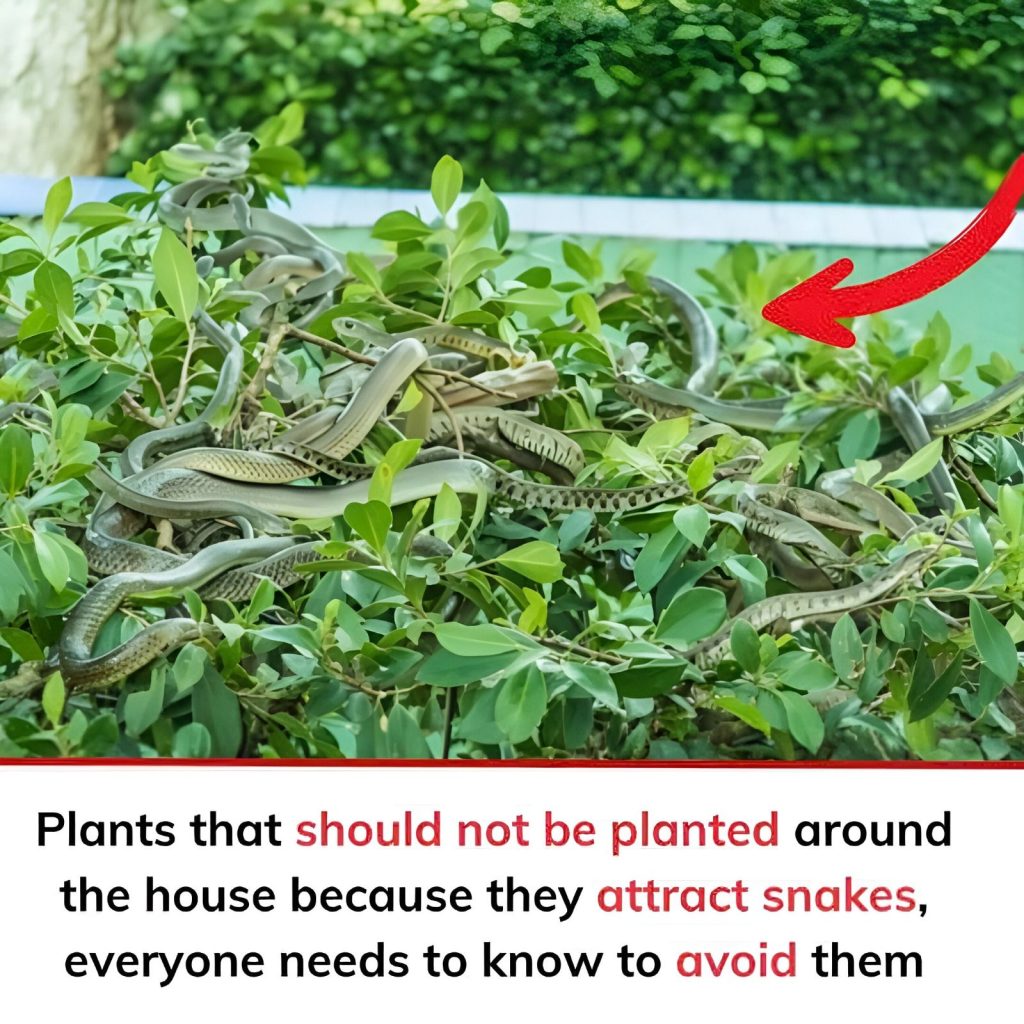
Snakes aren’t drawn to plants the way bees are to flowers—but certain plants create perfect hiding spots: cool, shady, and damp. Even in well-kept suburban gardens, some plants can accidentally invite snakes to settle in. The trick? Choose landscaping that doesn’t offer easy cover. Here are four plants to avoid (and what to do instead):
1. Jasmine
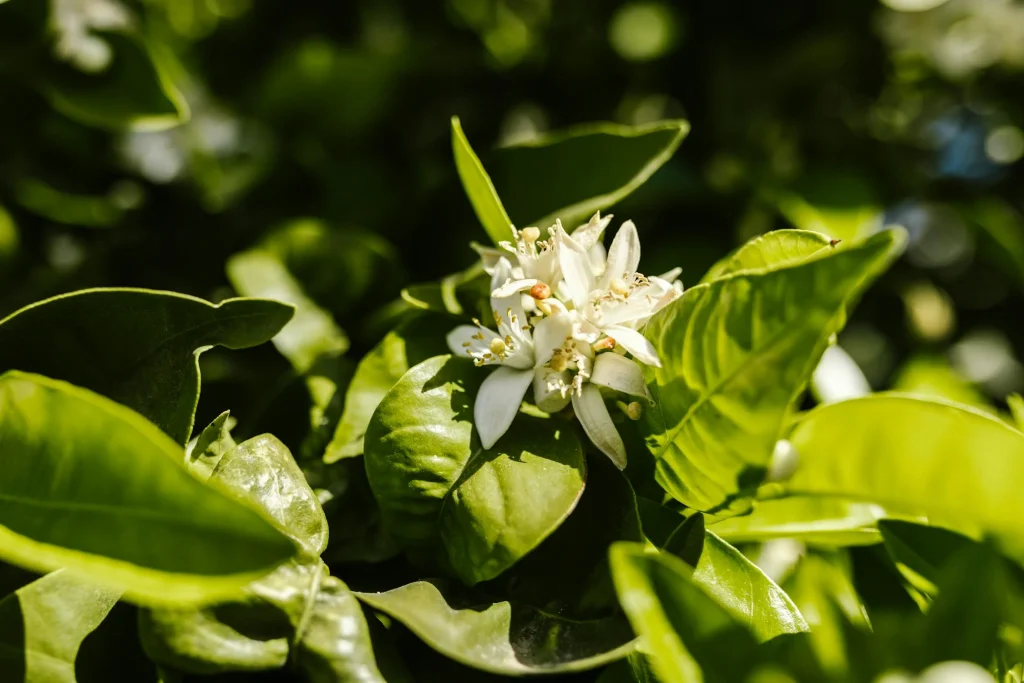
Smells lovely, but it spreads fast and forms thick ground cover—exactly what snakes love for shelter and hunting. It also attracts lizards, a favorite snake snack. If you have it, trim it regularly and keep it away from walls or foundations. Better yet, replace it with less dense, drier-growing plants.
2. Lemongrass
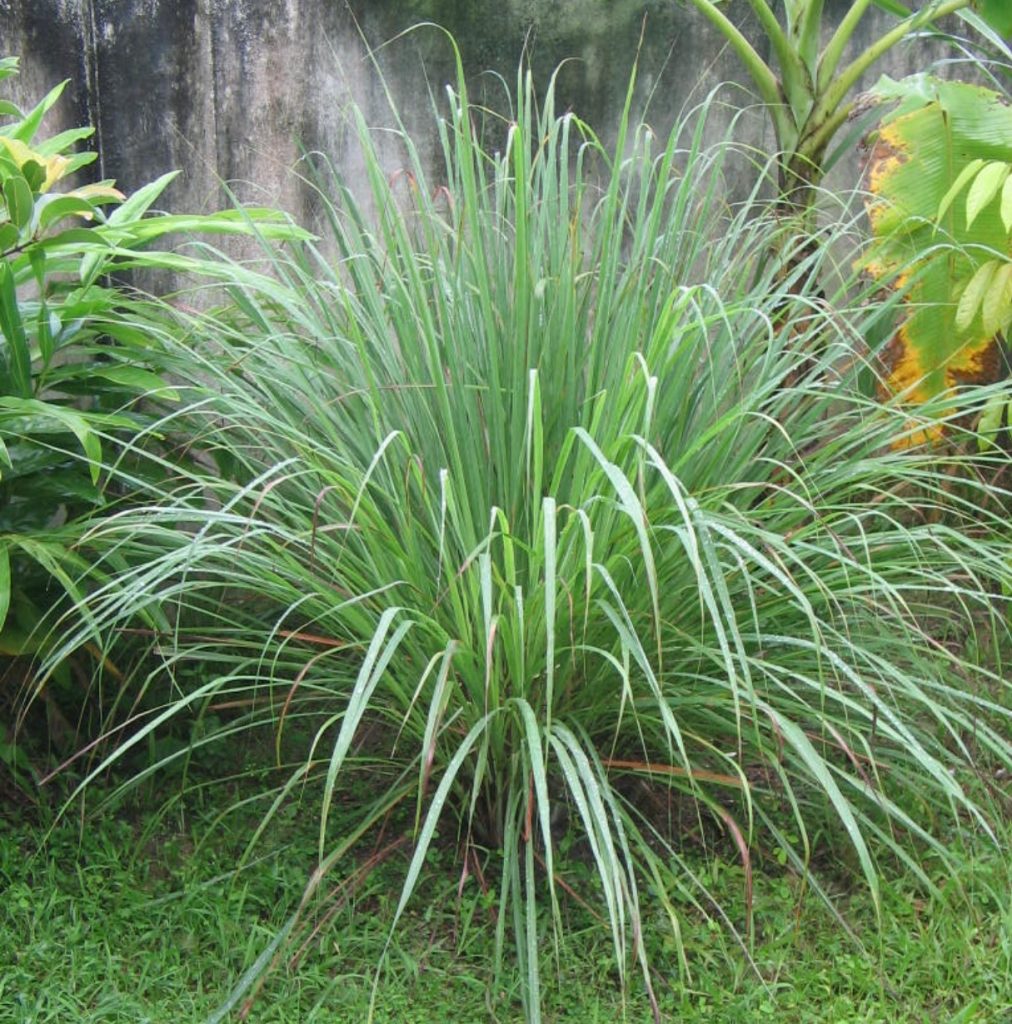
Great for repelling mosquitoes, but not snakes. Its clumps are dense and shady, offering ideal hiding spots. The long leaves trap moisture, especially at the base. Swap it for thinner, airier plants if snakes are a concern.
3. Juniper Bushes
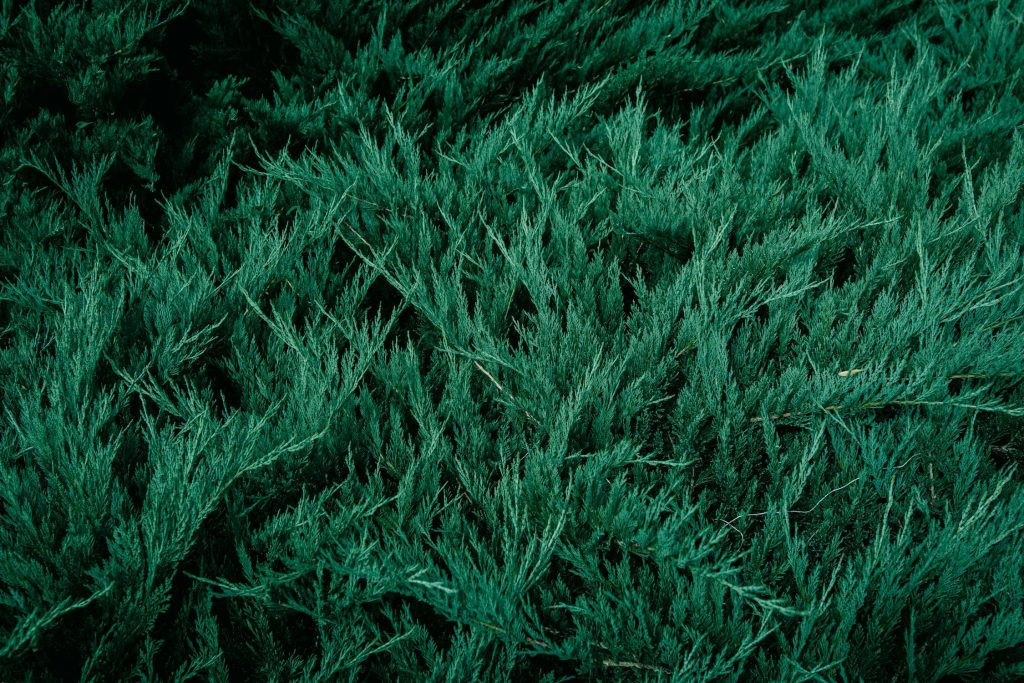
These popular shrubs are dense, cool, and often attract rodents—snake food. Because they’re used along borders, they’re prime snake pathways. If you have kids or pets, consider a more open, less cluttered alternative.
4. Bird of Paradise
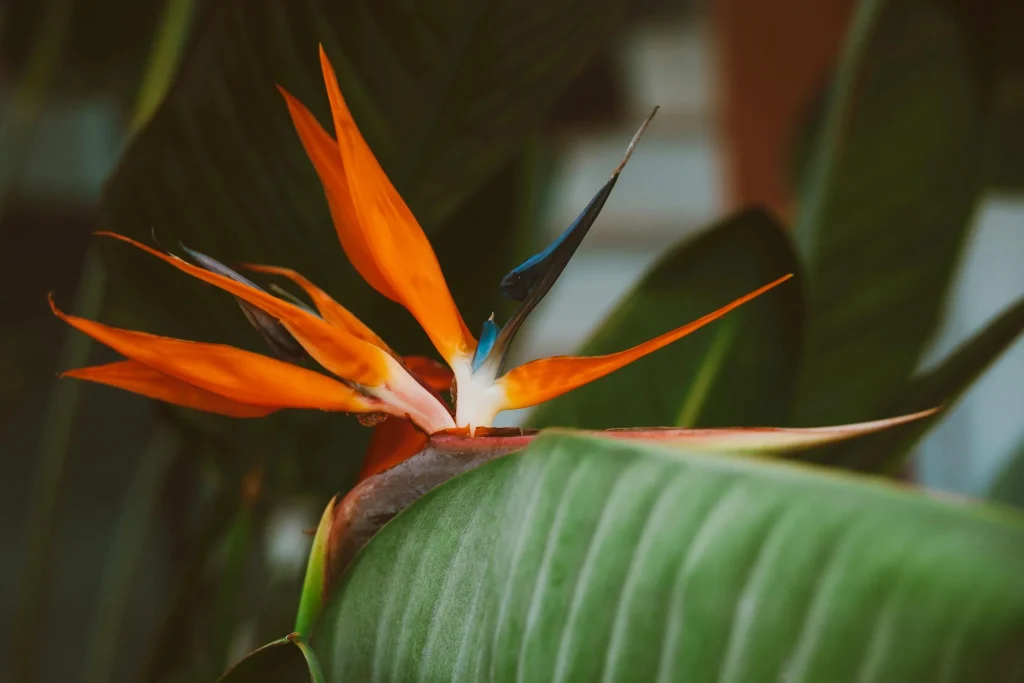
Beautiful but risky. Its wide leaves and thick base create jungle-like cover snakes love, especially when overgrown. It also attracts bugs and small animals. Trim it often, keep it dry underneath, or choose smaller tropical plants and break up the space with gravel or rocks.
5. Ivy
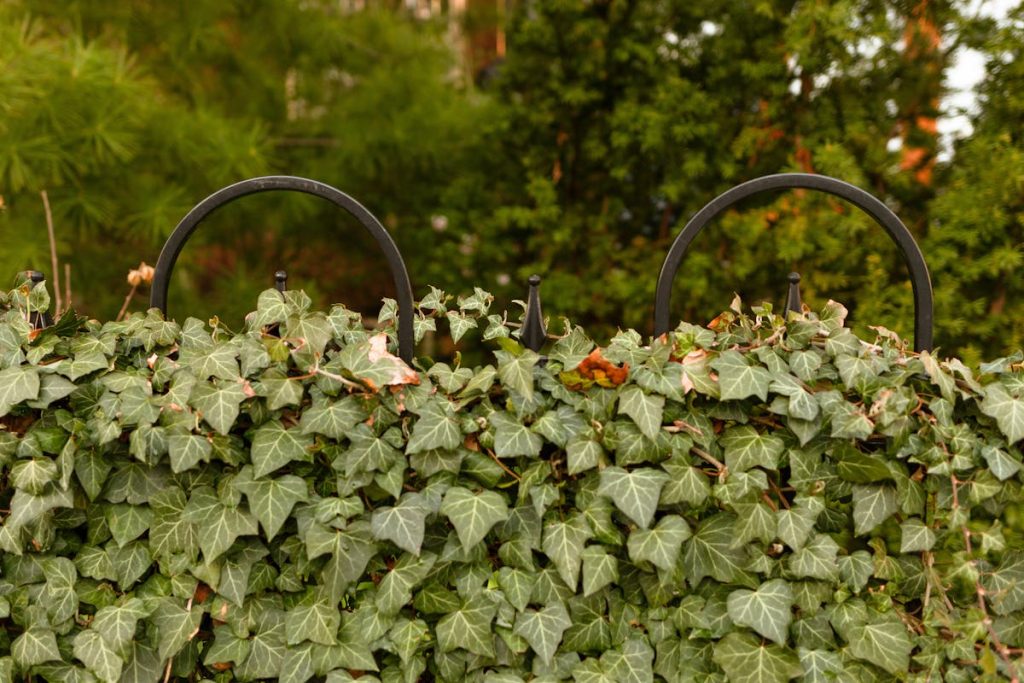
While visually appealing, ivy is a snake haven. Its dense vines and shady ground cover offer snakes the perfect blend of shelter, moisture, and food (like insects and frogs). It grows quickly and in hard-to-reach areas, making it hard to inspect. If you must have vines, opt for lighter, less invasive ones and keep ivy off the ground.
6. Pampas Grass
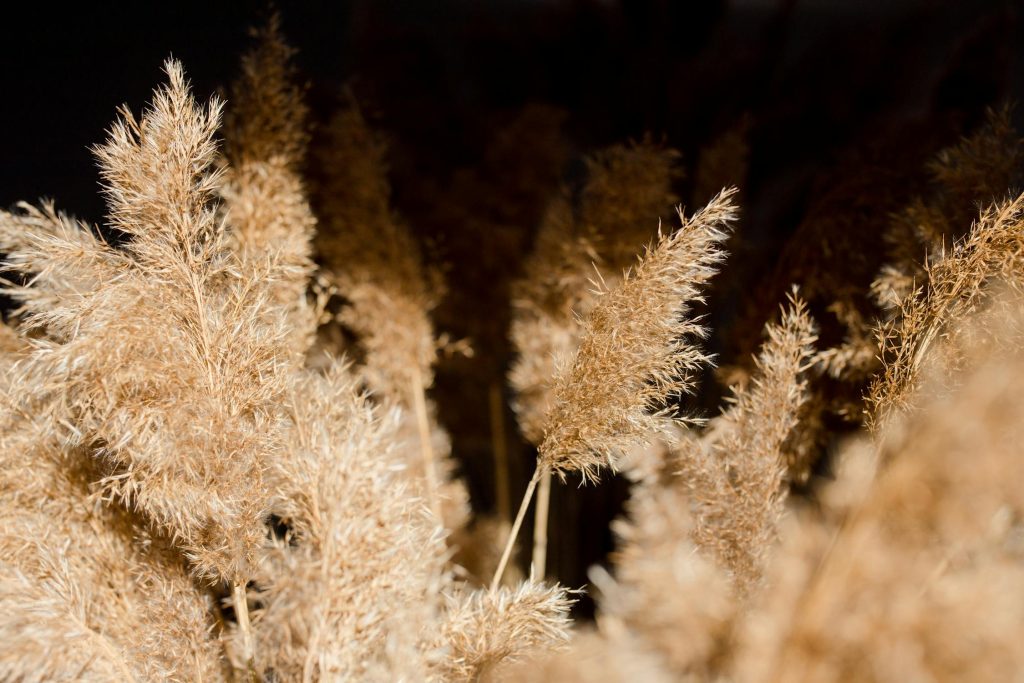
Tall and thick, pampas grass creates the ideal hidden path for snakes. Its shaded base stays moist, attracting bugs and rodents—snake food. Once overgrown, it’s nearly impossible to monitor or trim safely. Consider smaller, clumping grasses that offer texture without turning into hiding spots.
7. Aloe Vera
Aloe’s low, clustered leaves provide cool, shaded pockets that snakes love. The plant also retains soil moisture and attracts frogs and insects. Though low-maintenance, aloe beds can go unchecked. Space out plants and use gravel mulch to make them less inviting.
8. Sunflowers
Despite their sunny appearance, sunflowers can attract snakes by drawing in rodents with their seeds. The dense, tall stalks provide cover and cast cool shade. If planted near fences or sheds, they offer snakes easy access to hidden areas. Grow them in open, visible spots and keep the area clean.
9. Banana Plant
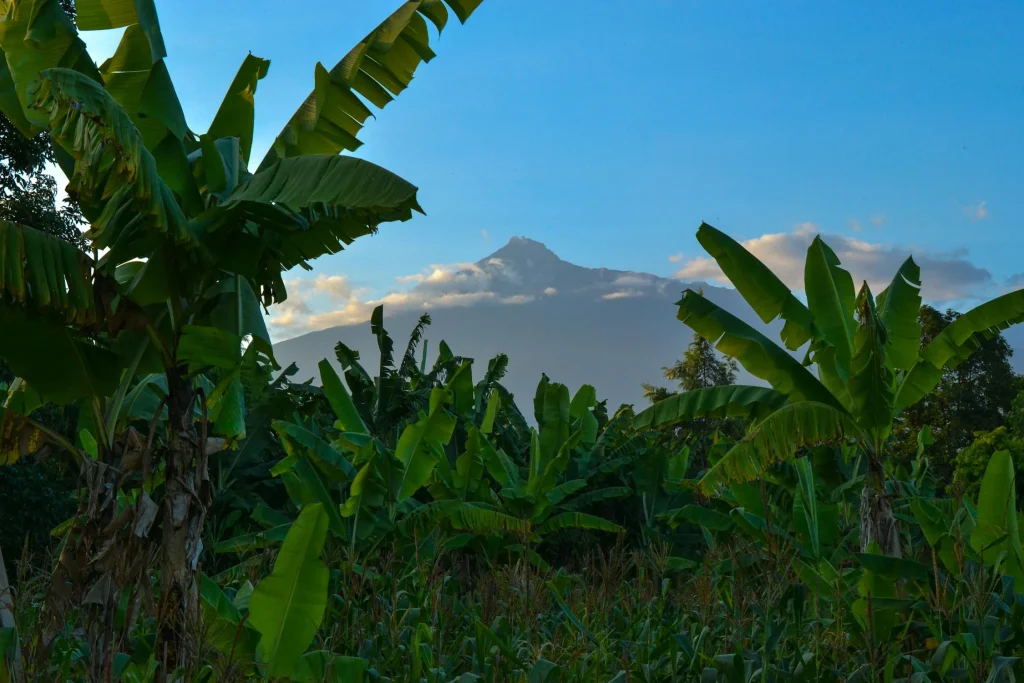
These lush, fast-growing plants form thick, shaded clusters—ideal for snakes. Moisture collects under fallen leaves, and the cool, damp ground attracts frogs and insects. Their dense growth near walls or fences creates perfect hiding places. If you want a tropical vibe with less risk, try open-structured palms.
10. Cypress
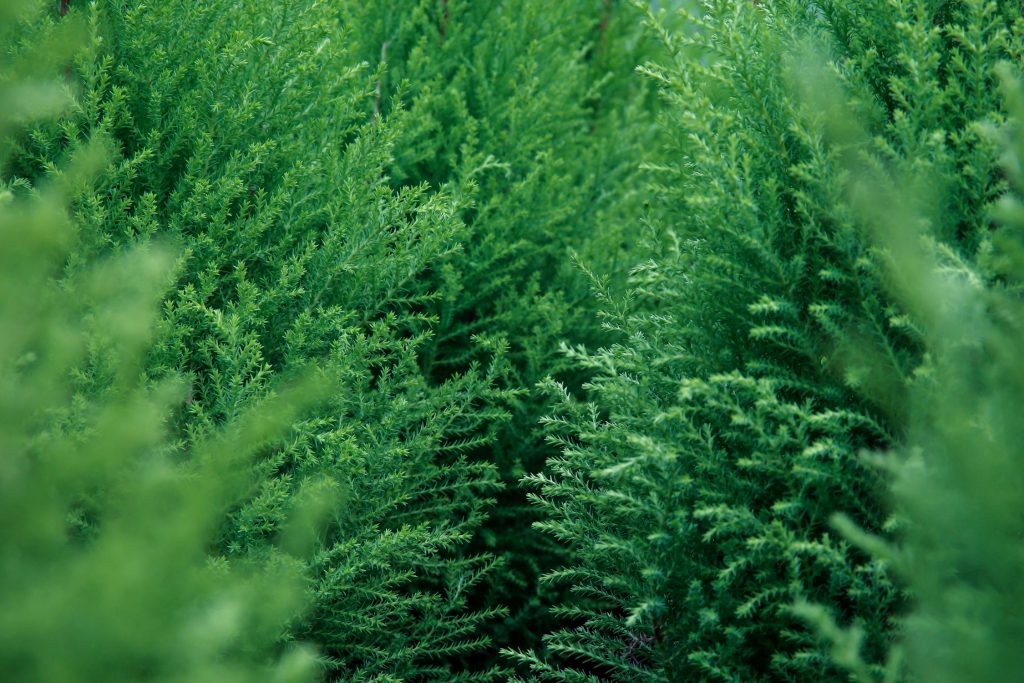
Cypress trees are popular for privacy thanks to their tall, narrow shape, but they can attract snakes. The shaded, moist ground beneath them, along with shallow roots and fallen needles, creates a cool, hidden environment that reptiles love. These conditions also draw insects and small rodents—easy prey for snakes. If planted in dense rows along fences or walkways, cypress can act as a highway for snakes. To reduce the risk, space trees out, use gravel mulch, and keep the area clean.
Conclusion
Keeping snakes out of your home and garden isn’t just about fear—it’s about safety and peace of mind. Snakes are drawn to dense, shady plants that hold moisture and attract prey. To deter them, avoid thick ground cover and keep plants trimmed and spaced out. You don’t have to sacrifice beauty—there are plenty of snake-safe plants that add color and structure without creating hiding spots. With smart planning and regular upkeep, your garden can stay both beautiful and snake-free.